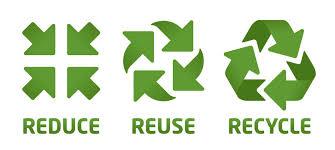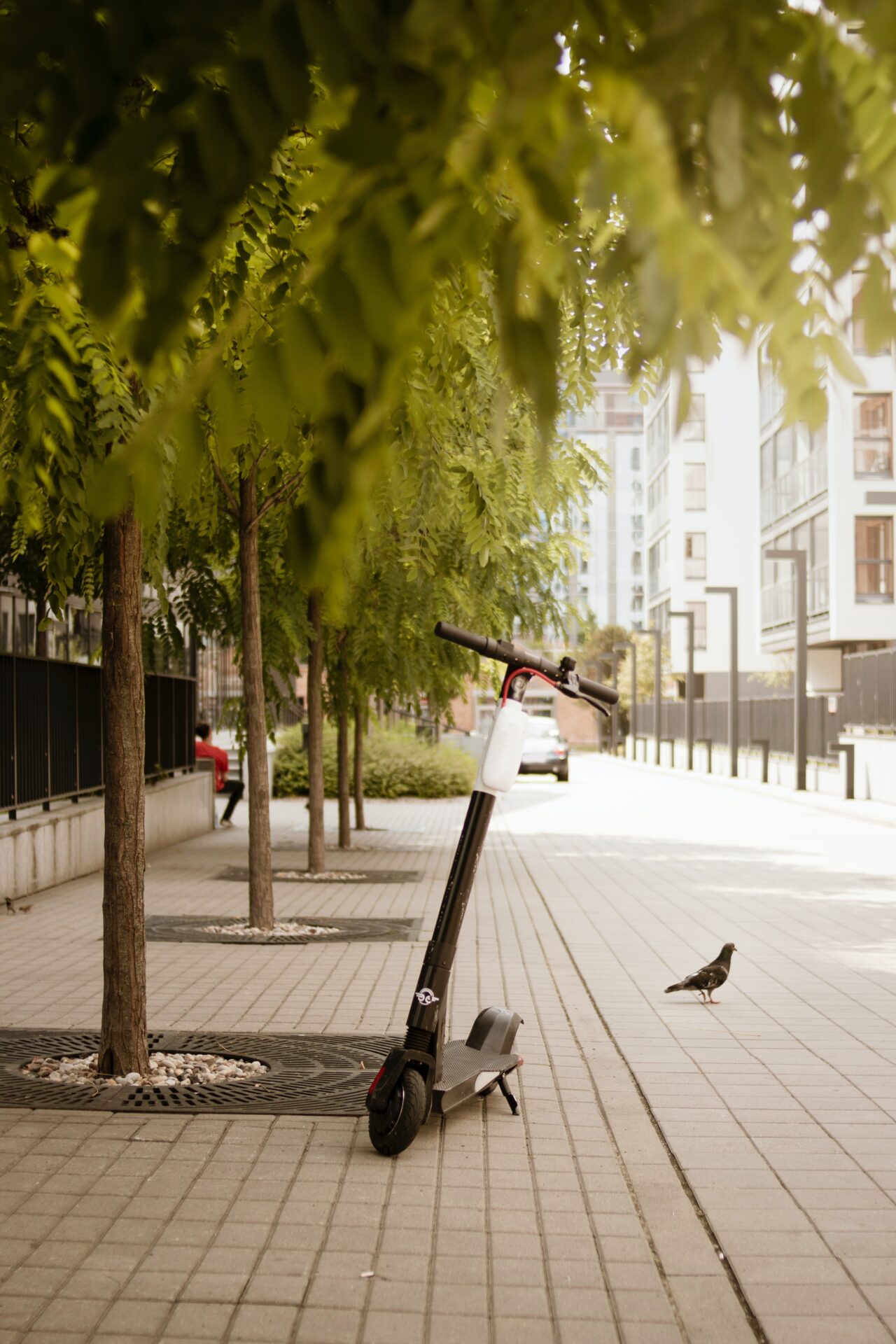
The Project
Identity of the LITTLE Project
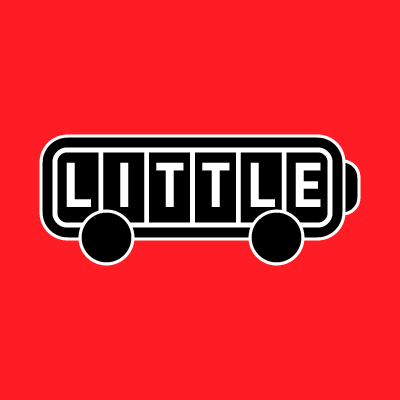
Life Cycle of Soft Mobility Vehicle Batteries
TAMS Lab, Engineering School, Department of Civil Engineering, University of Patras
Funding body: The Green Fund
Financing Programme: Natural Environment and Innovative Actions 2023
Priority Axis: 3 “Research and Implementation”
Duration: 03.04.2023 – 02.04.2025
Micromobility
PLEV – Personal Light Electric Vehicles: A promising solution for urban mobility
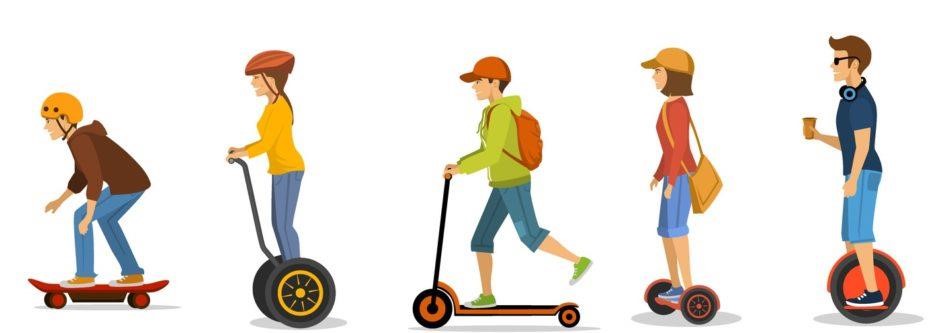
Many issues have been raised
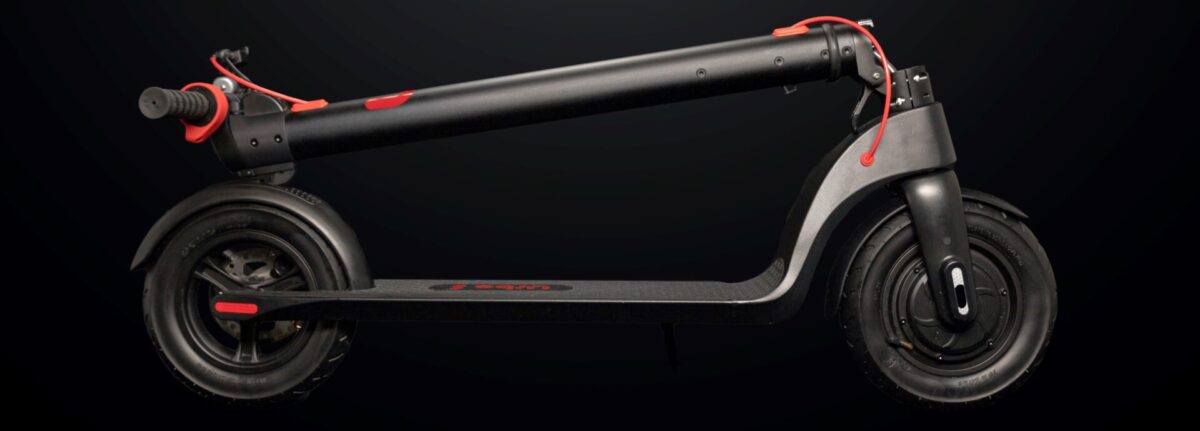
Related to the batteries
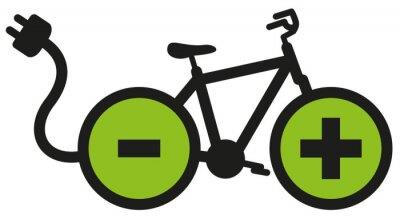
LITTLE Project’s Goals
Best utilization of the capabilities of PLEVs to cut back on the climate change through the Life-Cycle Analysis on the batteries of micromobility vehicles
1. Quantification and evaluation of the battery impact on the environment
2. Optimization of the energy performance on all phases of the life cycle
3. Public awareness, implementation of pilot actions, policy formulation
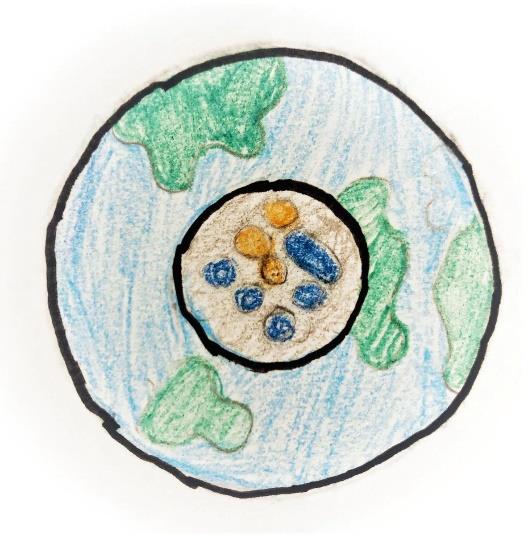
Research scope
Analysis of the impacts of micromobility vehicles on their life-cycle and mitigation proposals.
Micromobility
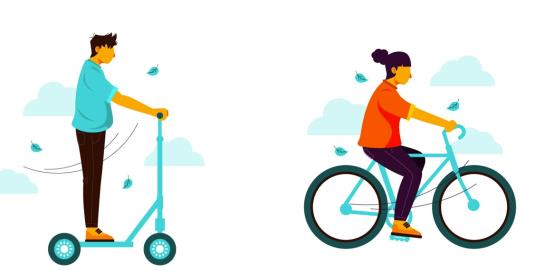
PLEV: Scooters and Bicycles
Life-Cycle
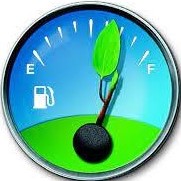
Mitigation

Methodological framework for impact analysis
Before use

During use

End of life

Impact Analysis Before Use
Research Questions

Equal CO2 footprint
Impact Analysis During Use
Research questions
Methodology
Field experiments
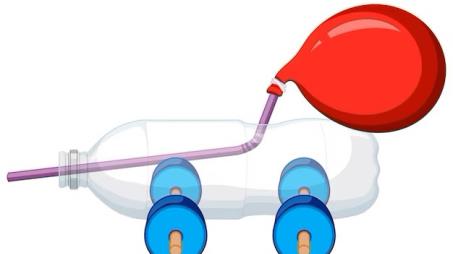
Simulator

Statistics

Impact Analysis After Use
Research questions
Model recycling plan
Eco-friendly driver’s manual
Inclusion in SUMPs, EVCPs, etc.
Pilot applications in:
LITTLE Project: High-impact Innovation
